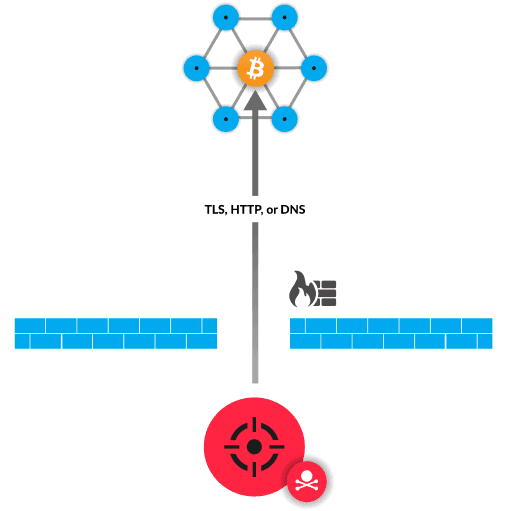- Platform
- Solutions
- Modern NDR
- Resources
- Company
Platform
Modern NDR
Resources
DETECTION OVERVIEW
Risk Factors
Cryptocurrency mining software is easy to install; only a small amount of code and a cryptocurrency wallet address are needed to convert stolen resources into profit. Attackers commonly install cryptocurrency mining software on a large number of machines to aggregate more resources into a cryptocurrency mining pool and collect more cryptocurrency. Cryptocurrency mining does not typically involve destroying or stealing data. However, the continuous high CPU, GPU, or ASIC usage on victim computers can cause performance degradation. Unauthorized software on a workstation can also introduce vulnerabilities, backdoors, or hidden malware into the network.
Kill Chain

Cryptocurrency mining is the process of converting computing resources into cryptocurrency. The process is costly in terms of electricity, time, and processing power. A cryptocurrency mining pool allows users to aggregate computing resources. Each user then shares the cryptocurrency awards based on their contribution. A malicious crypto miner might steal resources to offset costs, increase their contribution, and maximize profit. For example, an attacker can hijack resources from unsuspecting victims by installing cryptocurrency mining malware on victim machines.
Add firewall rules to prevent traffic over known cryptocurrency mining software ports
Block domain names for known mining pools
Implement controls that prevent unauthorized applications from running on host and virtual machines
Implement strong IT policies to prevent unauthorized host and virtual machines from running cryptocurrency mining software
